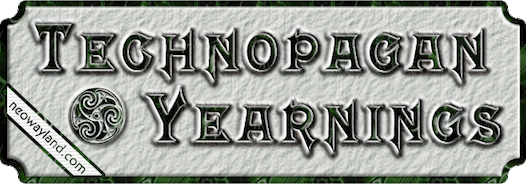Encyclopædia Brittanica gets it wrong
I've been working on version 3 of my lexicon. It's steady work, and helps calm me. I don't write all the definitions, I take clips if I can find well written ones.
So I was looking at Brittanica's Quarter Day page, which actually refers to the Lammas page.
““The Quarter Days—Candlemas (February 2), May Day (May 1), Lammas, and All Saints’ Day (November 1)—marked the four quarters of the calendar as observed in the British Isles and elsewhere in northern Europe. ””Every single reference I've ever seen from Valiente forward calls these the cross quarter days, they mark the transitions between the season. The actual quarter days are the solstices and the equinoxes. It helps if you visualize the year as a wheel.
— Encyclopædia Brittanica, Lammas
The second mistake is about May Day, and I am pretty sure it's a translation error and misunderstanding about agriculture. I'll just quote my own note here.
❝Enclyclopædia Britannica has it wrong here, it's a very common mistake. In some European countries especially further north, there were two seasons, winter and summer. May Day traditionally marks the beginning of the growing season, not the beginning of spring. If the summer solstice is midsummer, that makes May Day the beginning of summer.❞I doubt that anyone except a calendar geek or a pagan would have caught it. But when you're both at once, you have to tell people.— NeoWayland, May Day
Growing season
“A piece of advice if I may be allowed to give it, is that no philosophy, no creed, no God is worth more than the love that one human being may give and receive in their lifetime – this is what is meant by being ‘involved’.”






